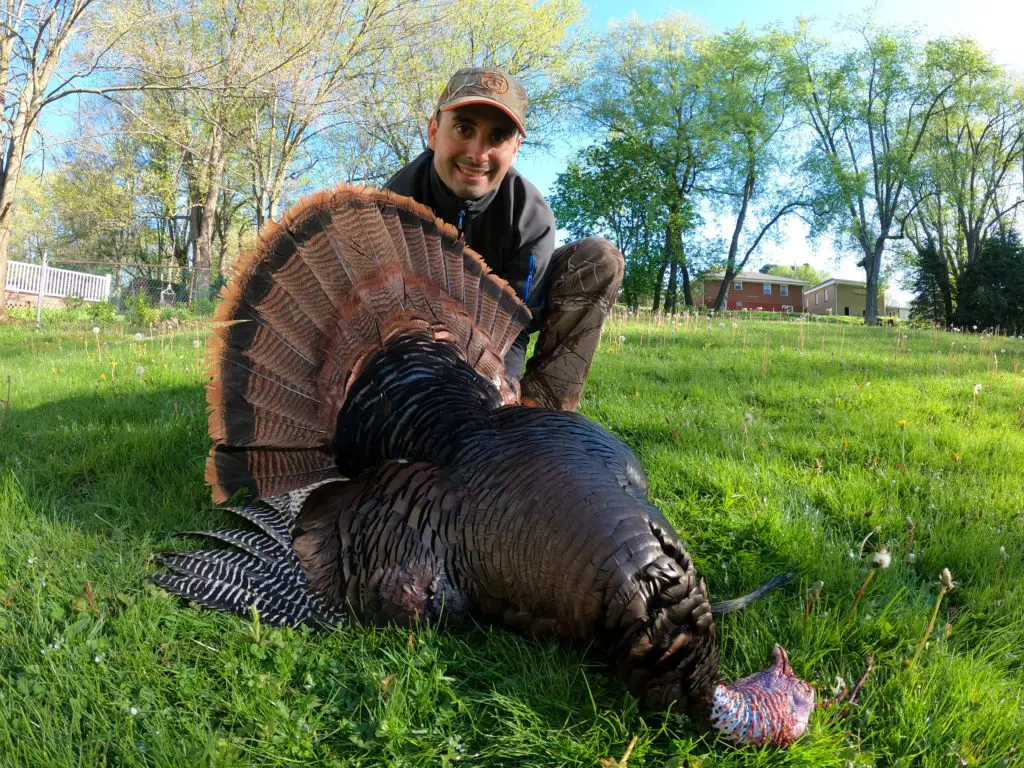Show Notes:
Up until recently every hunter using a firearm had to make a decision with every hunt. Do they protect their future or relish the present? Tetra Hearing has changed the game for all hunters when it comes to saving their hearing and enjoying every precious sound of every hunt and game species. Whether you are hunting ducks, geese, turkeys, deer, pheasants, grouse, crows, doves, elk, or anything else the Tetra AlphaShield & Multi-Pursuit hearing devices can not only save your hearing but help you hear better and hunt better. I make no commissions on this product and there are no affiliate links. These are my own opinions and this my very own detailed and passionate review. This may be the most important podcast episode I have ever done. Please listen to this episode.
Pros:
- Allows you to hear everything around you with crisp clarity.
- Audio quality is exceptional, no static, hum, ambient sounds, distractions, etc.
- Can be custom tuned to your actual personal hearing levels for each ear.
- Instantly blocks out the sound of gun fire and loud calling to protect your hearing.
- These are designed to both stop the incremental hearing loss that comes from infrequent shooting with the average deer and turkey seasons as well as stop the accelerated hearing loss caused by high volume shooting seen in hunting waterfowl, pheasants, doves, crows, etc.
- Utilizes advanced audio processing technology to filter out various sounds you do not want to hear but more clearly capture subtle sounds you do want to hear.
- Filters out the majority of wind noise.
- Amplifies the unique sounds of the game animals you are hunting like turkey gobbles and yelps, duck quacks and wing beats, deer grunts and footfalls, pheasants flushing, and much more.
- Far better than anything I’ve seen on the market. In my mind they have no competitors, no one else offering similar products is even in their league.
- Fits snugly in your ear and will not fall out.
- Works great while wearing a hat, beanie, whole head facemask, camo head shroud, etc.
- Can be put on in seconds.
- Reduces flinching causes by loud muzzle blast and may help some hunters shoot more accurately.
- Uses long lasting disposable hearing aid batteries you can easily and inexpensively get in bulk.
- Super simple to use, there is almost no way to do it wrong. Before long you can easily put them on in the dark without effort or thought.
- Is sensitive enough to pick up the faintest whisper and the wing beats of ducks but instantly blocks out the roar of magnum shotgun shells.
- Can be programmed for the game animals that you personally hunt.
- Improves your hearing so well that even archery hunters may want to use them to hear game more clearly from further away.
- Designed by ear doctors and hunters, does its job with outstanding excellence.
- It is as if they thought of every intricate detail but put it in a package with unexplainable simplicity.
- Utilizes high grade hearing aid technology meant to be used constantly, reliably, and without down time.
- Comes with 6 different size tips to accommodate different ear sizes.
- Tetra has confirmed that people with Health Saving Accounts (HSA) can use those funds towards purchasing their products.
Cons:
- They fit too tightly for my small ears at first. They felt acceptably snug after a few outings. But after a few half day hunts they fit comfortably enough that I would forget I was wearing them. I’d rather them fit perfectly from day one, but this is still preferred over being too loose.
- Some people with small ears may not wear them enough to find out that their ears will adapt to them and they become comfortable over time.
- Sounds weird indoors and around town. But they are meant to be used in the field and they do thrive in their intended environment.
- The battery door feels a little delicate when open. Should be fine, but be careful to take it is easy when changing batteries.
- Price. No two ways about it, they are expensive. Costing as much as a firearm makes them a significant purchase. A very well worth it purchase, but not something most people can casually buy without saving up.
- They do go on sale occasionally. And Tetra has said they are working on sourcing more cost effective components to lower the prices.
Final Analysis: Every hunter using a firearm should get these, especially those hunting game requiring regular and frequent shooting like waterfowl, pheasants, doves, etc. If you are a new hunter it would be better to hunt another season or two with a less than thrilling firearm and buy these before upgrading your gun. Everyone should put these on their vision list and prioritize them as they are financially able.
Learn more at www.TetraHearing.com
As a note, Tetra sent me these devices to review, thanks to them for their support. I have since bought by own Tetras.

